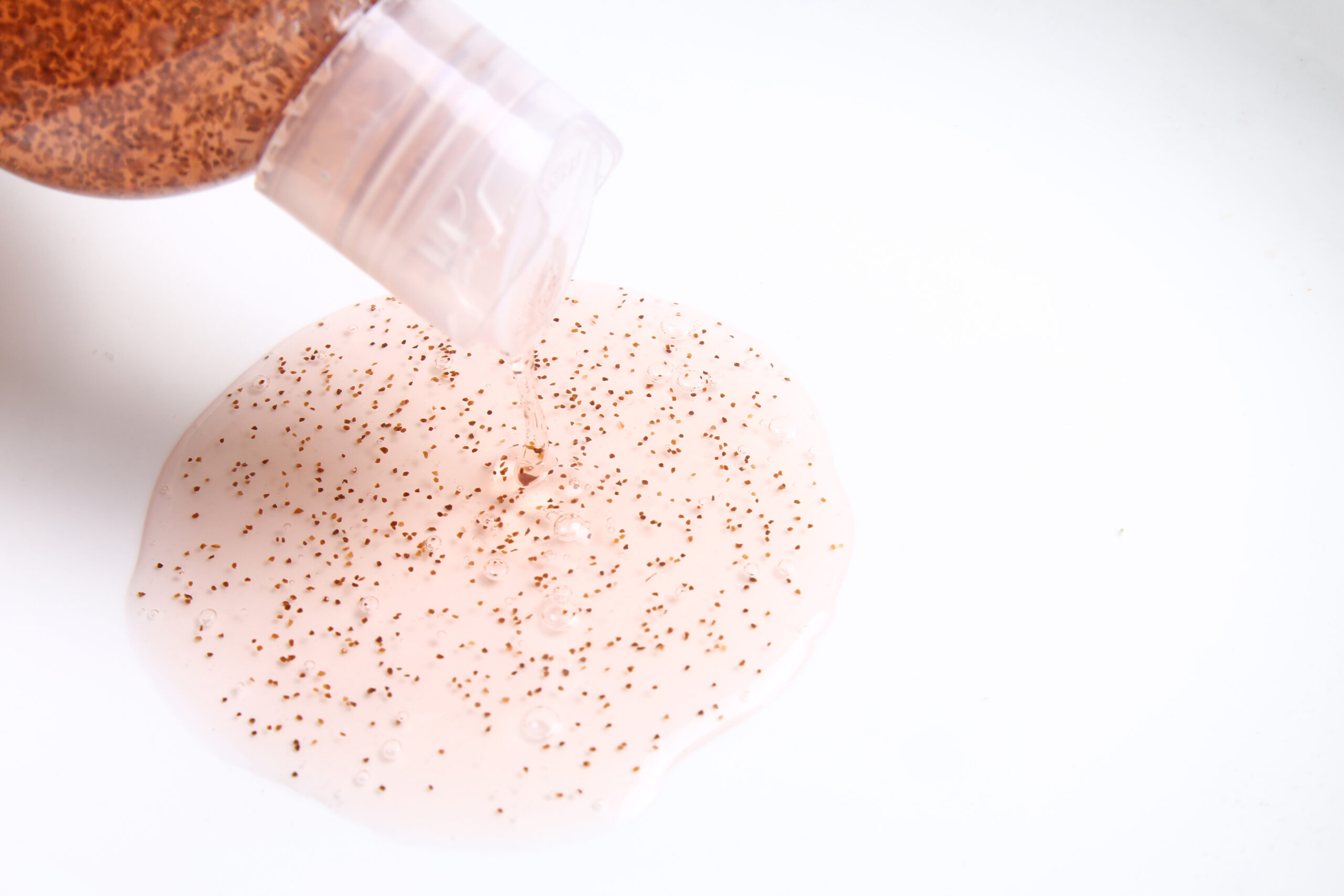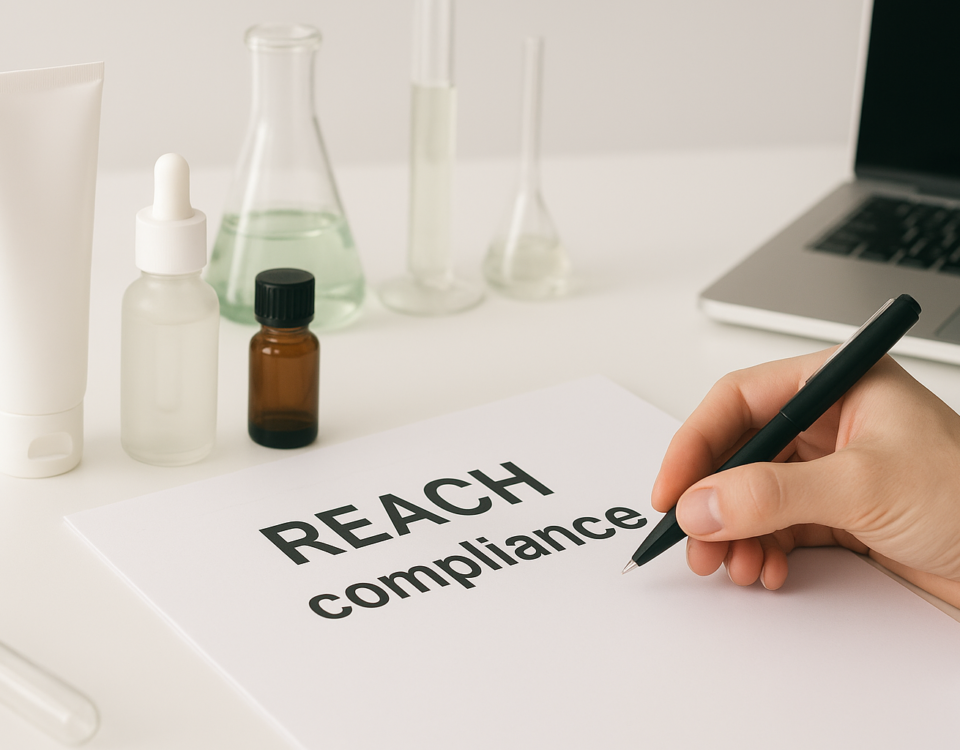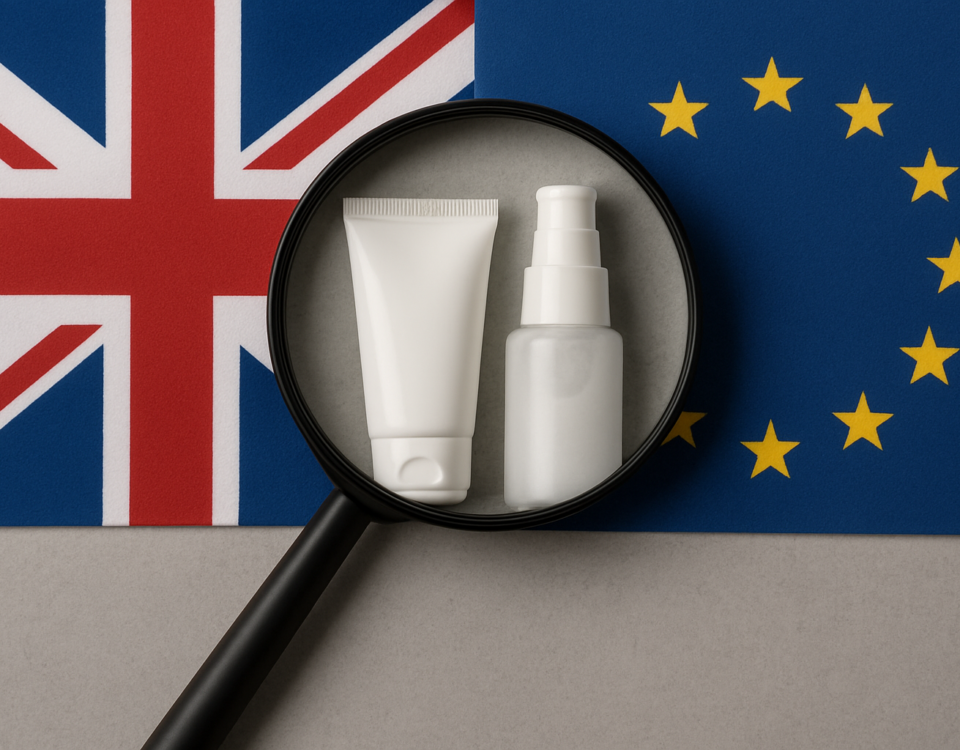
Microplastics and cosmetics
24 October 2019
Vegan cosmetics: what do you mean by that?
31 March 2020The Interest in the study of microbiomes has exploded since 2007, when the Human Microbiome Project was launched in the United States, and does not seem ready to weaken, particularly with industrial opportunities (pharmaceuticals, cosmetics, food, etc.) , linked to the understanding of the interactions between microorganisms and the human body.
The skin microbiota, a real “imprint” specific to each.
It is present on the surface of the skin, and in the hair follicles, the ducts of the sebaceous glands. Divided into resident flora and transient flora, the composition of the skin microbiota is influenced by many parameters (immune system, environment, hygiene and use of cosmetic products). It is now recognized that individual-microbiota coexistence is a real mutualism: the skin flora would play an essential role in protecting against pathogens and maintaining an operational barrier.
In the cosmetic field, the new developments capitalize on the numerous researches which tend to affirm a relation between a “balanced microbiome” and “healthy” skin, and by extension the resolution of cutaneous problems by a direct action on its flora.
Generally, the objective sought is to maintain the balance between the different species present on the skin and thus avoid potential disturbances.
Taking the example of studies on the digestive microbiome, cosmetic brands have therefore looked into “compatible” ingredients to strengthen existing flora:
- prebiotics: oligosaccharides playing the role of selective substrates, and making it possible to favor the development of the “good” microbiota to the detriment of undesirable microorganisms
- probiotics: in cosmetics, these are inactivated bacteria, or fragments of bacteria, as well as yeasts
- other substances (lactic acid, citric acid, maltodextrins) also make it possible to create an environment favorable to the growth of “good bacteria”
From the point of view of cosmetic regulations, we must be vigilant regarding the cosmetic “status” of these products.
In particular by:
- their function (the formulas proposed must not impact a significant physiological function or act on a pathology)
- their allegations (which must be justified and meet the common criteria)
- their safety and stability, in particular microbiological, which must be controlled and must not induce a risk for the preservation of the product and / or the health of the consumer
Discussions are underway at the level of the European Commission’s working group on “border” products. Indeed, the status of products “used to keep the microbiome of the epidermis in good condition” is discussed. Clinical studies can now be carried out by test laboratories specializing in the safety and efficacy of cosmetics before placing on the market, to measure the concrete impact of formulations on the microbiome.
In the era of increasingly “personalized” cosmetics, this trend is clearly well on the way to establishing itself. Do cosmetic ranges adapted to each person’s microbiota, in addition to the type of skin, constitute the future of cosmetics?
Learn more about microbiome :




